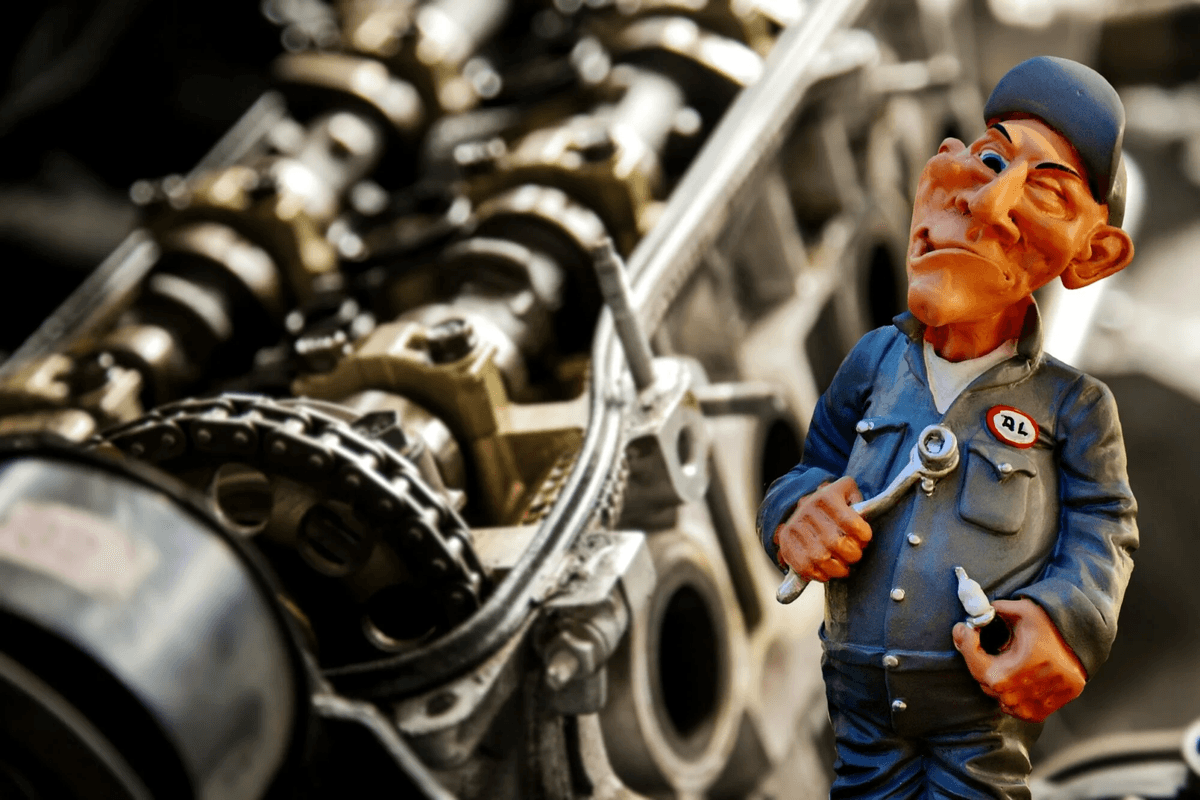
If you work in an industry that requires heavy machinery, you are likely familiar with hydraulic cylinders. These crucial components are responsible for powering a wide range of equipment, from construction vehicles to agricultural machinery. Over time, however, hydraulic cylinders can experience wear and tear, leading to leaks and decreased performance. In this guide, we will walk you through the process of hydraulic cylinder repair, helping you get your equipment back up and running in no time.
Identifying the Problem
The first step in Hydraulic cylinder repair New Jersey is identifying the issue at hand. Common signs of a malfunctioning hydraulic cylinder include leaks, reduced lifting capacity, and slow operation. If you notice any of these symptoms, it is important to address the problem promptly to prevent further damage to your equipment.
To identify the source of the issue, start by inspecting the hydraulic cylinder for any visible damage or leaks. Check the seals, rods, and pistons for signs of wear or corrosion. Additionally, listen for any unusual noises or vibrations when operating the equipment, as these can also indicate a problem with the hydraulic cylinder.
Disassembly and Inspection
Once you have identified the issue, the next step in hydraulic cylinder repair is disassembling the component for inspection. Start by removing the hydraulic cylinder from the equipment and draining any remaining fluid. Be sure to follow all safety protocols when working with hydraulic equipment to prevent injuries.
Once the hydraulic cylinder is disassembled, inspect each component for wear or damage. Check the seals for leaks, the rods for scratches or dents, and the pistons for any signs of wear. Additionally, inspect the cylinder barrel for corrosion or pitting, as these can also affect the performance of the hydraulic cylinder.
Repairing the Cylinder
After identifying the source of the issue and inspecting the components, it is time to repair the hydraulic cylinder. Depending on the extent of the damage, you may need to replace the seals, rods, or pistons, or even repair the cylinder barrel itself.
Start by replacing any damaged seals with new ones of the same size and material. Be sure to lubricate the seals before reassembling the hydraulic cylinder to prevent leaks. If the rods or pistons are damaged, you may need to have them reconditioned or replaced by a professional.
If the cylinder barrel is corroded or pitted, you can repair it using a process called honing. Honing involves removing a thin layer of material from the inside of the barrel to create a smooth surface. This can help improve the performance of the hydraulic cylinder and extend its lifespan.
Reassembly and Testing
Once you have repaired the components of the hydraulic cylinder, it is time to reassemble the unit and test it for proper operation. Start by reinserting the rods and pistons into the cylinder barrel, taking care to align them correctly. Replace the seals and lubricate them before reassembling the hydraulic cylinder.
After reassembly, refill the hydraulic cylinder with the appropriate fluid and test the equipment for proper operation. Check for any leaks, unusual noises, or vibrations when operating the equipment. If everything looks good, you have successfully completed the hydraulic cylinder repair process.
Preventative Maintenance
To prevent future issues with your hydraulic cylinders, it is important to perform regular maintenance on your equipment. This includes checking the fluid levels, inspecting the seals and components for wear, and lubricating moving parts as needed. By staying proactive with maintenance, you can extend the lifespan of your hydraulic cylinders and prevent costly repairs down the line.
In conclusion, hydraulic cylinder repair is a crucial aspect of maintaining your equipment and ensuring optimal performance. By following the steps outlined in this guide, you can identify and address issues with your hydraulic cylinders promptly, keeping your machinery running smoothly. Remember to stay proactive with maintenance to prevent future issues and maximize the lifespan of your hydraulic cylinders. With these tips in mind, you can revamp your equipment and get back to work in no time.